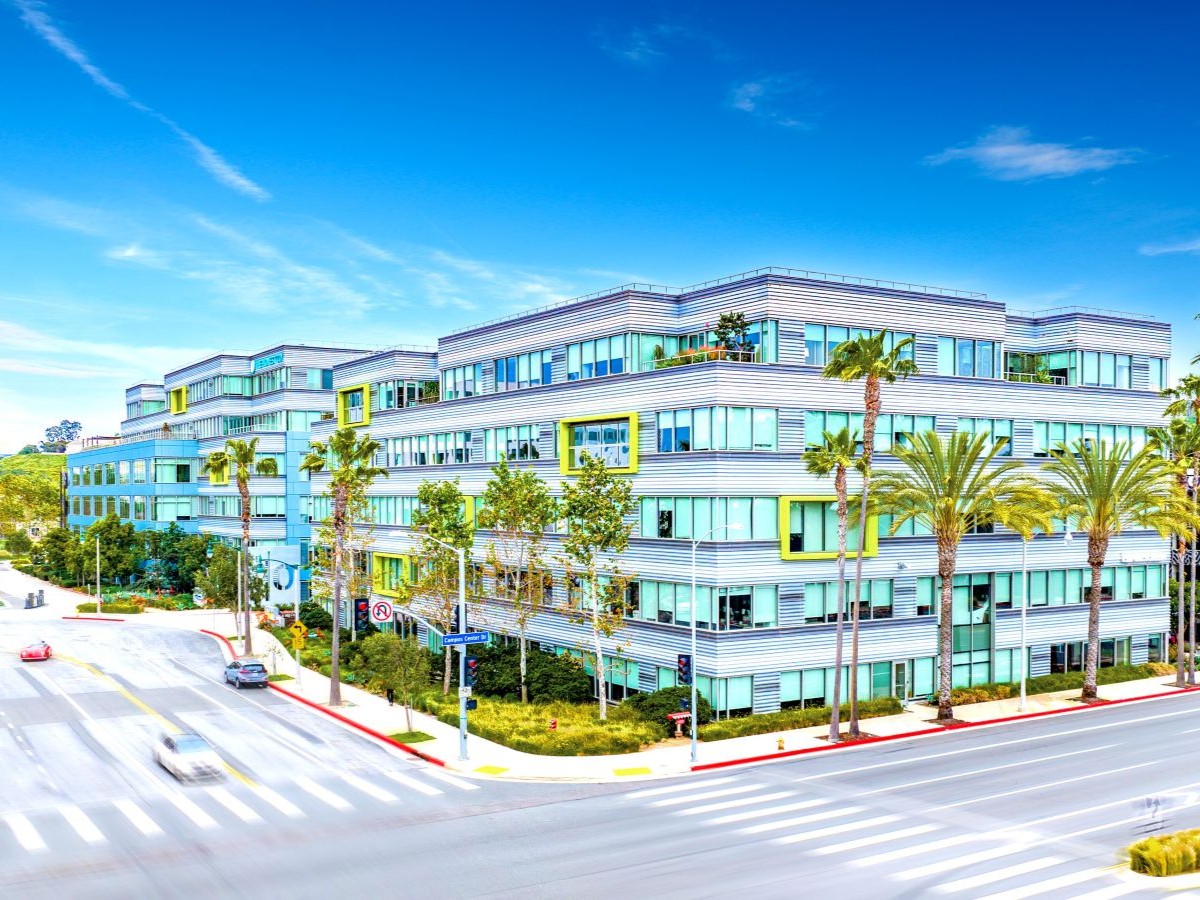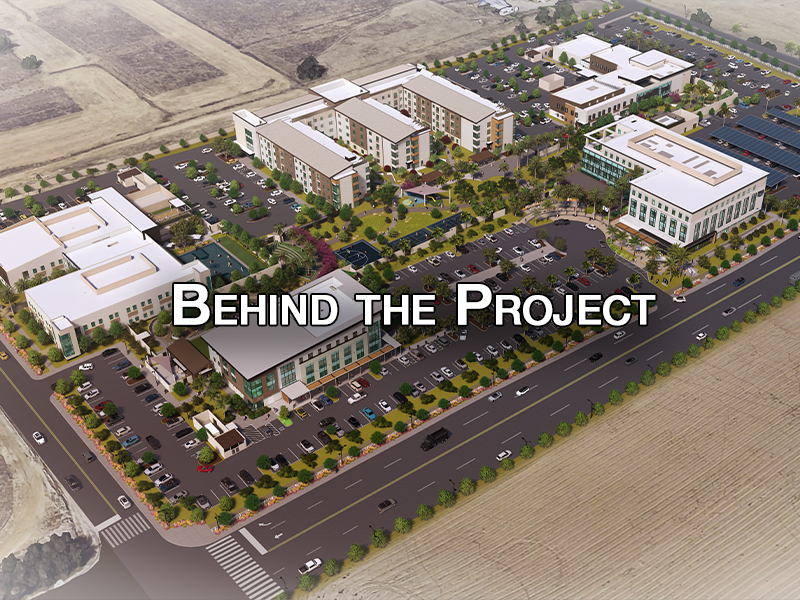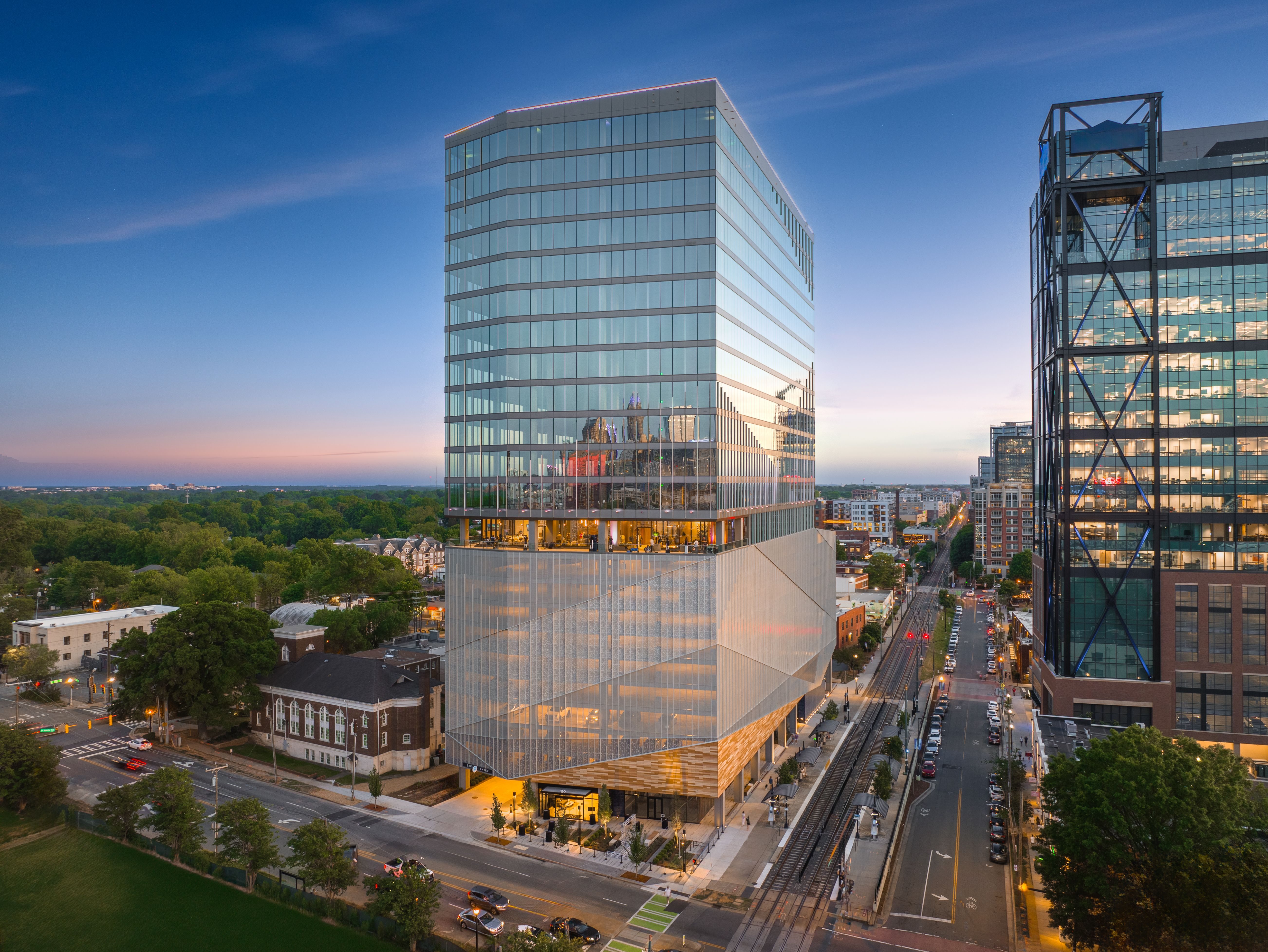Private CRE, Public Education Development Among Construction Spending Highlights
Private construction provided a bright spot, on both year-to-date private residential and non-residential spending, a report from the Associated General Contractors of America showed. However, the association raised concerns about declining infrastructure spending.
By Gail Kalinoski
Aided by increases in private commercial real estate and public educational development, overall construction spending reached a record high in October, according to the Associated General Contractors of America. However, the Arlington, Va.-based association noted public-sector investments in infrastructure continued to lag behind earlier levels, according to an analysis of new government data.
Association leaders said federal, state and local officials need to address the growing shortfall in transportation, water and wastewater infrastructure spending. “It is essential to increase the nation’s investment in roads and other transpiration facilities to keep the economy growing. And investment in safer highways, drinking water and wastewater systems are important for public safety and health,” Stephen Sandherr, the association’s CEO, said in a prepared statement.
Ken Simonson, AGC’s chief economist, noted there was “healthy growth this October in both public and private construction spending, with an exceptionally strong surge in public education construction.” But he added that for the first 10 months of the year, the combined public investment, specifically in infrastructure, “has fallen short of the already inadequate amounts posted in the same period of 2016.”
Construction spending in October totaled more than $1.2 trillion at a seasonally adjusted annual rate, up 1.4 percent from September, the AGC reported. Public construction, led by a 10.9 percent increase in educational construction, rose 3.9 percent. Private non-residential spending was up 0.9 percent in October, while private residential spending increased 0.4 percent.
Simonson noted that between January and October, public construction shrank 3.4 percent, including a 4.3 percent decrease in highway and street construction; 1.6 percent decrease in transportation spending; 15.9 percent decrease in sewage and waste disposal spending and 9.6 percent decrease in water supply construction. The only good news was school and university construction climbed 2.2 percent between January and October 2016 to 2017.
Private Development Highlights
Private construction provided a bright spot, on both year-to-date private residential and non-residential spending, the report noted.
Private residential spending rose 11.2 percent with single-family construction up 9.0 percent; multifamily up 3.9 percent; and improvements to existing housing up 17.2 percent.
The report found private non-residential construction spending up overall 1.5 percent, but within the category, commercial – including retail, warehouse and farm construction – soared 14.7 percent as warehouse construction boomed. The largest private non-residential category – power, which includes electric power, plus oil and gas field and pipeline construction – declined 2.5 percent year-to-date.
Photos courtesy of the Associated General Contractors of America









You must be logged in to post a comment.